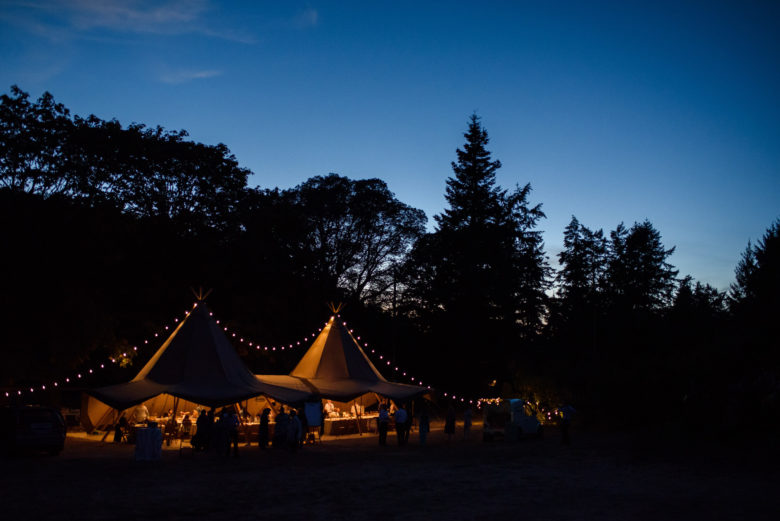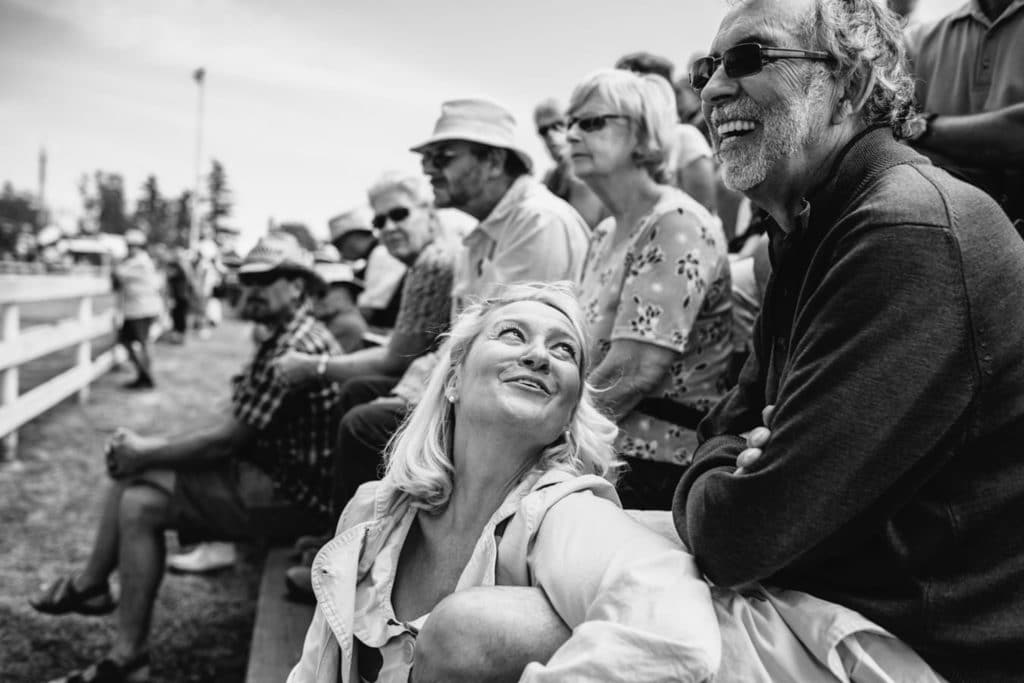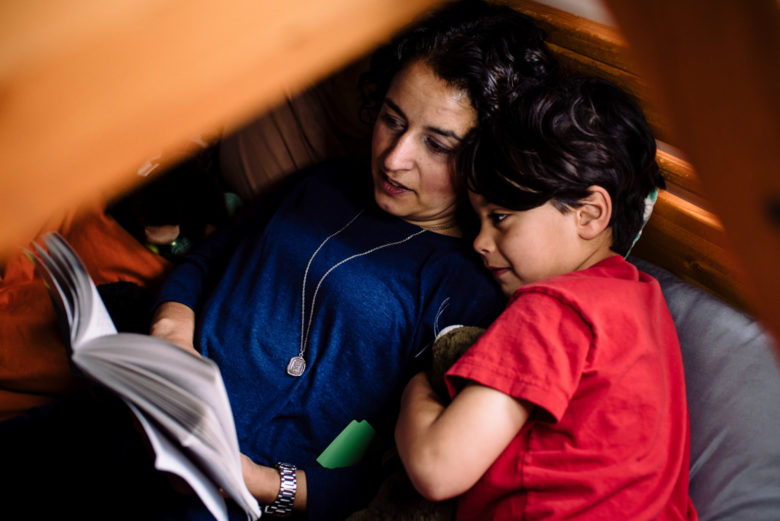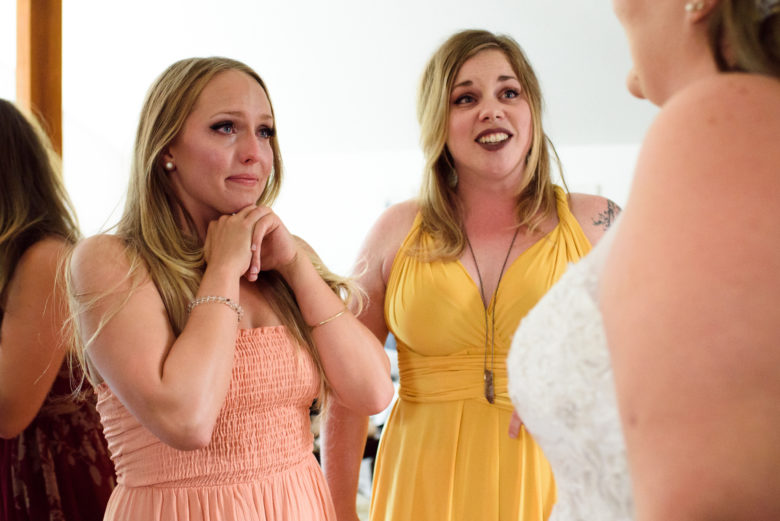This week’s theme is hands/feet. This is pretty simple and open to interpretation through different styles and techniques, so I won’t give you any tips this week. I included some examples below though.
Hands and feet are a good way to capture emotion without showing faces and, in my opinion, count as a portrait of someone or multiple people. They can also show relationships and personality. And if you don’t have anyone else to photograph, you might even be able to take a self-portrait like this without using a tripod, timer, or trigger.



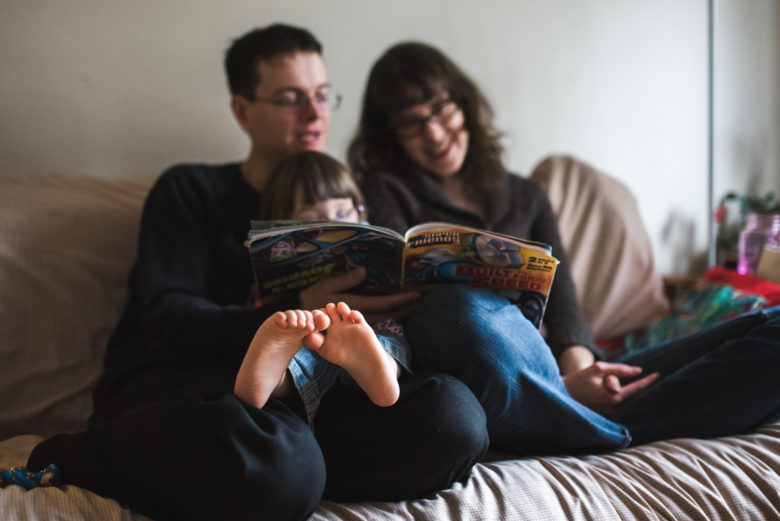
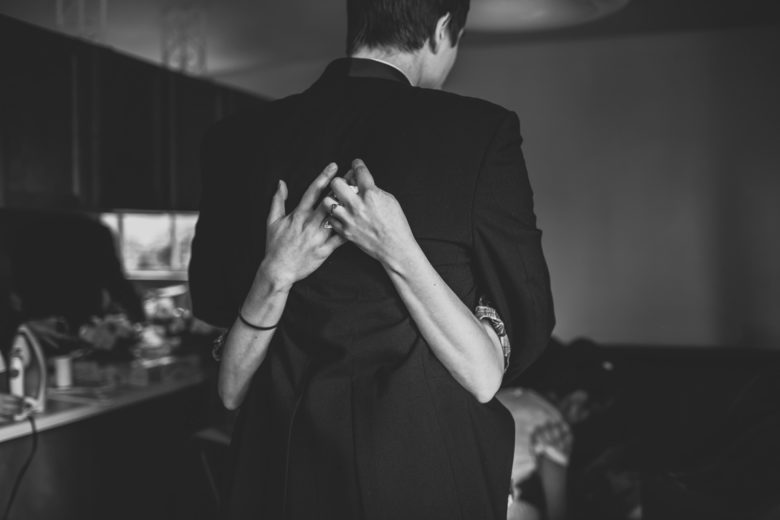

If you have any questions, join us in the Facebook group. I’ll be checking in there daily to see your work and help you achieve the best results.
If you’re just finding this now, you can check out the full list and more information on the challenge here. You can follow me on Instagram at @documentyourdaytoday and use the hashtag #dtd52weeks so others doing the challenge can see your work.



